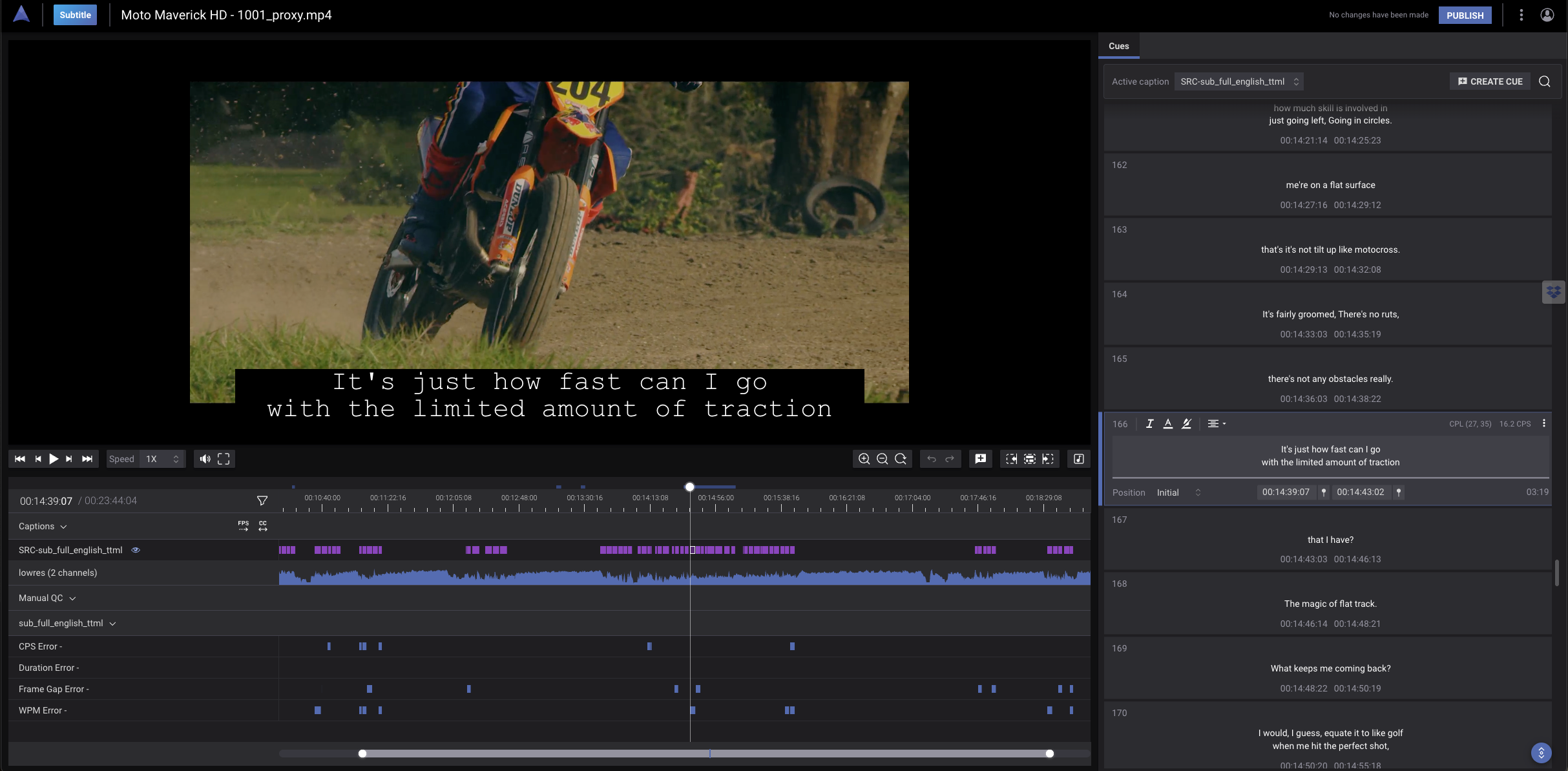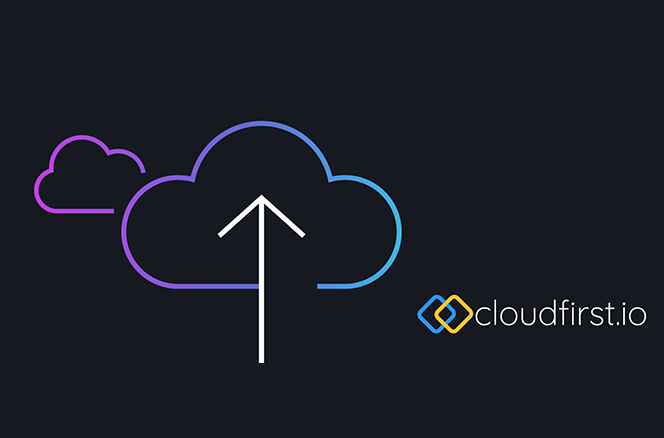Using Data From Key Media Systems, From Rights to Scheduling, to Transform Media Operations
When you think about a media supply chain, you probably think of the flow of content from production to distribution. But what about the flow of data that supports it all?
Media organizations work with complex data and with complex workflows. As a result, no system, including your media supply chain management platform, can be an island. In fact, the best-run facilities integrate their key systems with media supply chain management to streamline and optimize operations. With data from rights, scheduling, playout, and other systems helping to drive supply chain processes, you’re in a better position to optimize media operations from end to end.
It’s not enough for each system to function in isolation. When you centralize data from core operational systems and apply it across supply chain processes, you enable smarter, more streamlined operations. Leveraging data from those rights, scheduling, playout, and other systems, you more accurately prioritize supply chain tasks, reduce reliance on spreadsheets, and enhance decision-making. The resulting efficiency and capacity gains translate to greater responsiveness and agility as new business demands and opportunities arise.
The Case for a More Connected Media Supply Chain
Every piece of content prepared for distribution is subject to rights restrictions, scheduling deadlines, versioning changes, and delivery requirements. To manage all these elements, media organizations traditionally have relied on manual file exports, data entry, and copy-and-paste workflows. But with the growing complexity of media supply chains, these methods become increasingly cumbersome and error prone. That’s why forward-looking media companies are taking advantage of integration to realize more connected supply chain systems. Because when data can move freely from rights, scheduling, MAM, playout, etc. to the media supply chain management platform, and when that platform can use external data to guide activity, workflows become more automated, operators spend less time chasing details, and businesses are better equipped to scale.
Driving Efficiency Through System Integration
Localization is a great example of the workflows that benefit from an integrated data approach. Here’s how information from different systems plays a role in guiding the media supply chain….
Scheduling systems play a critical role in managing deadlines and content availability. When one or more scheduling systems are integrated with a media supply chain management platform such as Rally, the data they supply can help to initiate and streamline localization tasks. The scheduling system can inform Rally when content is due for delivery or ready for processing, enabling Rally to automatically prioritize localization tasks. This real-time communication ensures that subtitling, dubbing, and translation are initiated as soon as content becomes available and that the timeliest work is completed first. The platform can even send an XML or Excel file to the language service provider (LSP) with instructions and a placeholder for that content.
An order management system initiates the localization process once content is scheduled for release. By integrating this system with Rally, media companies can automate the creation of workorders for language service providers (LSPs). Once workorders are generated, Rally can track every step, from file submission to the receipt of completed translations or dubs.
By integrating rights systems with Rally, media companies can automate the localization process based on information about geographic destinations and which territories require localized versions. The platform can initiate workorders for specific localization tasks, such as subtitling or dubbing, to comply with those regional requirements.
MAM systems store and organize media assets, including video, audio, and script files. When integrated with Rally, the MAM serves as the source for these assets, allowing Rally to find and package the necessary components for localization. This language pack may include a low-resolution proxy, scripts, and any required audio files. Because operators can receive alerts if audio or video files are missing, they can resolve those issues early and avoid costly delays.
The connection between the MAM and media supply chain management platform eliminates data silos and reduces manual file transfers while simplifying version control, metadata flow, and content delivery. Operators can see which version of a file is ready for delivery or pending review, gaining better visibility into content readiness.
As the final stop in the supply chain, where content is prepared for distribution to OTT, FAST, or linear TV platforms, playout systems adhere to strict technical requirements that must be met prior to distribution. By linking playout and supply chain systems, media companies can automatically adjust elements such as frame rates and audio settings according to relevant content specifications, in turn ensuring compliance with minimal manual intervention.
Real-World Examples of System Integration in Action
These concepts aren’t theoretical. Media companies have already seen the tangible benefits of connecting systems to their supply chain. Here are just two examples.
Example 1: Hearst Networks EMEA
Prior to implementing Rally, Hearst Networks EMEA relied on multiple isolated systems and spreadsheets to track rights, scheduling, and other data. This manual approach led to inefficiencies and redundancy. By integrating Rally with multiple scheduling systems, along with rights, business intelligence, ticketing, and other key systems, the company effectively created a single source of truth for its supply chain. With this data from integrated systems, Hearst automated and streamlined repetitive tasks — reducing manual touchpoints by 75% in some areas — while boosting productivity, improving visibility, and gaining more accurate, real-time information to support decision-making.
Example 2: TMT Insights / Polaris Integration – Deployed across A+E Networks, Crunchyroll, Sky, and more
TMT Insights Polaris operational management platform is designed to deliver “a single pane of glass” view into every aspect of an organization’s content supply chain, from ingest to final delivery. The platform offers an intuitive, graphical representation of data across an entire supply chain, allowing multiple teams to simultaneously visualize and manage projects from production, localization and distribution across all endpoints. With the integration of Rally and Polaris, operators can better organize, monitor, and surface actionable fulfillment and task information from various systems in a single unified view, unlocking efficiencies across order management, resource provisioning, infrastructure management and supply chain reporting.
For Crunchyroll, the combination of Rally and Polaris orchestrates its content ingest, subtitling, dubbing, and packaging for delivery on the company’s popular anime OTT services and supports its channel launches. Sitting at the core of its content distribution architecture, Rally and Polaris help Crunchyroll scale infrastructure efficiently and gain operational visibility to ensure delivery of high-quality premium content experiences for the anime community. Together, the deployments deliver significant organizational benefits: more efficient content library storage, streamlined workflow orchestration, reduced production costs, and decreased delivery and order fulfillment times. The joint solution has supported multiple successful launches, managing ~50k concurrent monthly jobs, having delivered over 1.6M assets, with support for 20+ languages.
Building for the Future
When integrated with other key systems, Rally becomes a connective hub that enables smarter, more scalable workflows. To pursue a successful supply chain initiative, it’s important to think holistically about the role of enterprise-wide data integration. Implement a platform that can integrate smoothly with other systems, read metadata and understand how to act on it, and exchange messages with other systems to advance content through the supply chain. These capabilities can translate to immense efficiency gains across your operations, giving your organization greater agility in pursuing your business goals.
If you’d like to see how a connected supply chain can accelerate your workflows, contact us to schedule a demo. Discover how integrating your existing systems can unlock the full potential of your media supply chain.




